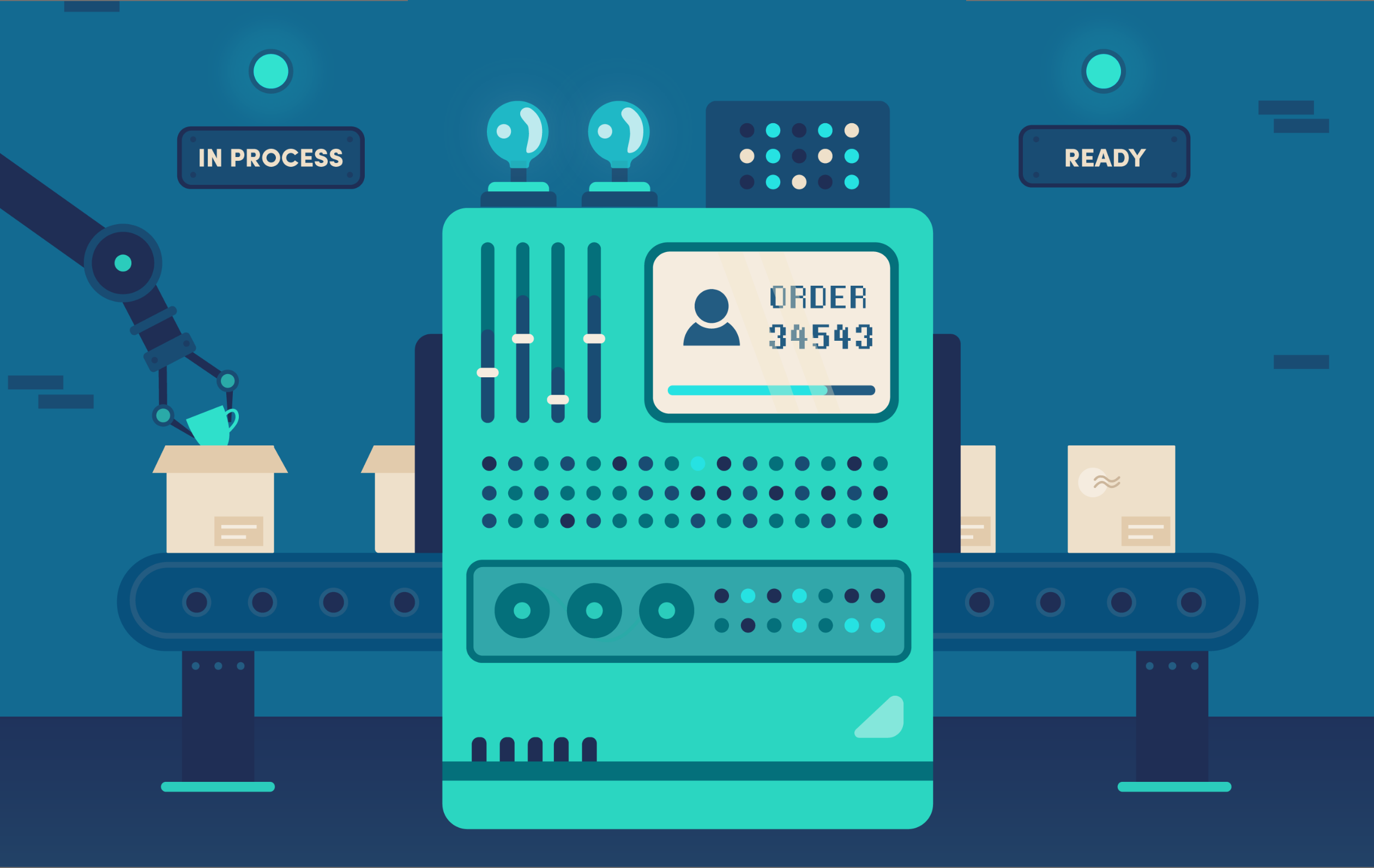DTC is no longer optional. Learn how manufacturers can blend B2B and direct-to-consumer channels to grow smarter in 2026.
By Miva | July 25, 2019

See why top ecommerce brands use Miva’s no-code platform to run
multiple stores, manage massive catalogs, and grow their revenue.
Ecommerce has matured. Selling direct-to-consumer (DTC) is no longer a bold experiment—it’s a competitive necessity.
Per eMarketer, “US D2C ecommerce sales will reach $239.75 billion in 2025, accounting for 19.2% of total retail ecommerce sales.” And that is despite a plateau in DTC sales growth.
Today, intelligent automation, AI-driven merchandising, and seamless omnichannel tools make it possible for manufacturers to own their customer experience from factory to front porch. Manufacturers that don’t leverage the latest ecommerce tools to seize control of their own destiny may find it harder to remain competitive in the evolving ecommerce climate.
A direct-to-consumer, or DTC, sales model is one where a manufacturer markets and sells their product to end consumers, instead of going through a third-party retailer, reseller, or other middleman. Selling direct allows manufacturers full control over the end-to-end journey of their product, with opportunities to connect meaningfully with consumers, drive brand loyalty, and encourage repeat business.
Heading into 2026, DTC doesn’t mean “cutting out” retailers entirely. It means owning your direct channel while still partnering strategically. The best manufacturers are now DTC + B2B hybrids, running integrated storefronts that serve distributors, resellers, and consumers from a single ecommerce platform.
DTC brands have seen steady growth over the past several years with more companies investing in the strategy. Examples of successful DTC brands include Nike, Lego, Liquid Death, and Vuori.
Manufacturers selling direct to consumer have the potential to experience a number of benefits that aren’t typically attainable with traditional wholesale. Here are just a few:
With AI tools now embedded in most ecommerce platforms, manufacturers can automatically segment audiences, create personalized messaging, and optimize pricing without a massive ad budget or relying on SEO.
In fact, McKinsey suggests that companies embracing GenAI trends can benefit from significant advantages in the market by getting directly in front of customers as they shift how they search.
With privacy rules tightening and third-party cookies disappearing, owning your customer relationship—and their data—is critical. DTC lets you collect first-party data ethically, giving you direct insight into buying behavior without intermediaries.
In a world where data is everywhere, owning that information can be invaluable and help you stay competitive.
Today’s lean ecommerce operations use AI-powered tools to automate merchandising, fulfillment, and support. From chat-based service agents to predictive restocking, small teams can now outperform entire departments of the past.
From enhanced AI search tools to more integrated payment systems, reducing manual labor and complexity can help you streamline your purchase funnel and create more loyal customers without incurring additional labor costs.
The line between B2B and DTC has blurred beyond recognition. The most successful manufacturers don’t choose one over the other—they run both seamlessly, using a unified ecommerce platform to serve multiple audiences from the same digital foundation.
A decade ago, B2B and DTC required separate strategies, systems, and even mindsets. Today, manufacturers can run multi-storefront experiences from a single admin, tailoring pricing, content, and checkout rules by customer type, while drawing from one product catalog and one inventory system.
Today’s connected infrastructure allows for unity between B2B and DTC strategies:
DTC and B2B are no longer two lanes of business—they’re twin engines running on the same operational core.
Wholesale still matters. But the old model—slow cycles, opaque data, and distributor markups—is giving way to something smarter: connected wholesale.
Instead of fighting against wholesale, modern manufacturers are integrating it into their DTC ecosystem. With unified ecommerce software, you can manage all levels of the supply chain in one place, capturing direct revenue without cutting off your partners.
By running wholesale and consumer operations side by side:
For many manufacturers, selling direct isn’t the future — it’s the foundation.
The next generation of ecommerce will be powered by AI, automation, and connected data. Whether you’re starting small or optimizing at scale, your DTC channel is the gateway to owning your brand’s growth, margins, and customer relationships in 2026 and beyond.
To learn more about how you can adapt your business to take advantage of the changing ecommerce landscape by adding DTC channels, check out our free guide.
This blog was published on July 25, 2019 and updated on October 25, 2022. Back to topNo worries, download the PDF version now and enjoy your reading later...
Download PDF Miva
Miva
Miva offers a flexible and adaptable ecommerce platform that evolves with businesses and allows them to drive sales, maximize average order value, cut overhead costs, and increase revenue. Miva has been helping businesses realize their ecommerce potential for over 20 years and empowering retail, wholesale, and direct-to-consumer sellers across all industries to transform their business through ecommerce.
Visit Website